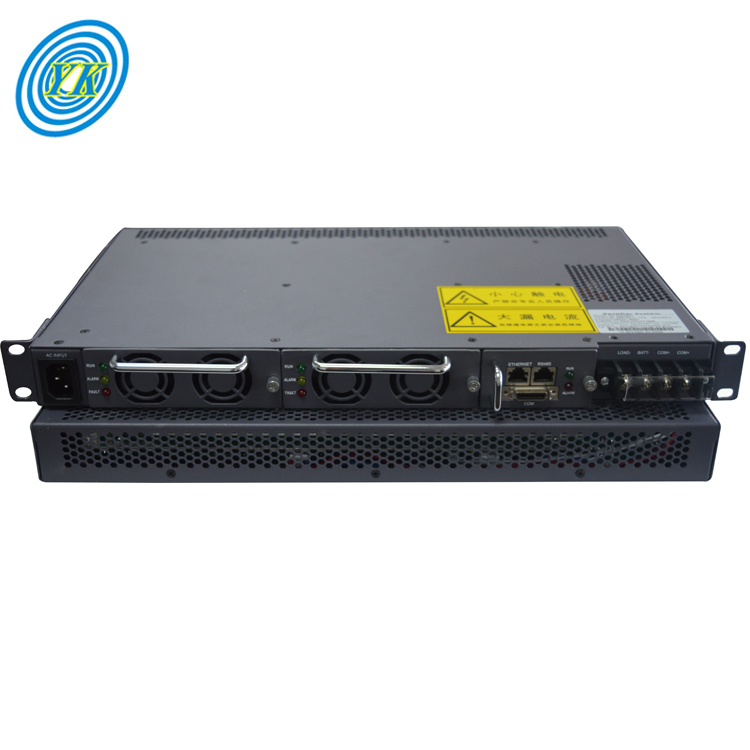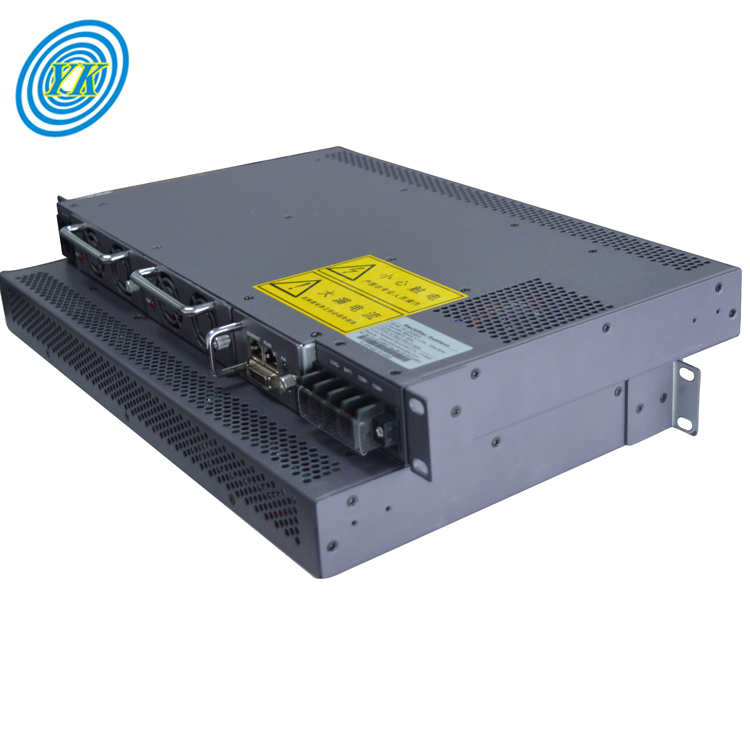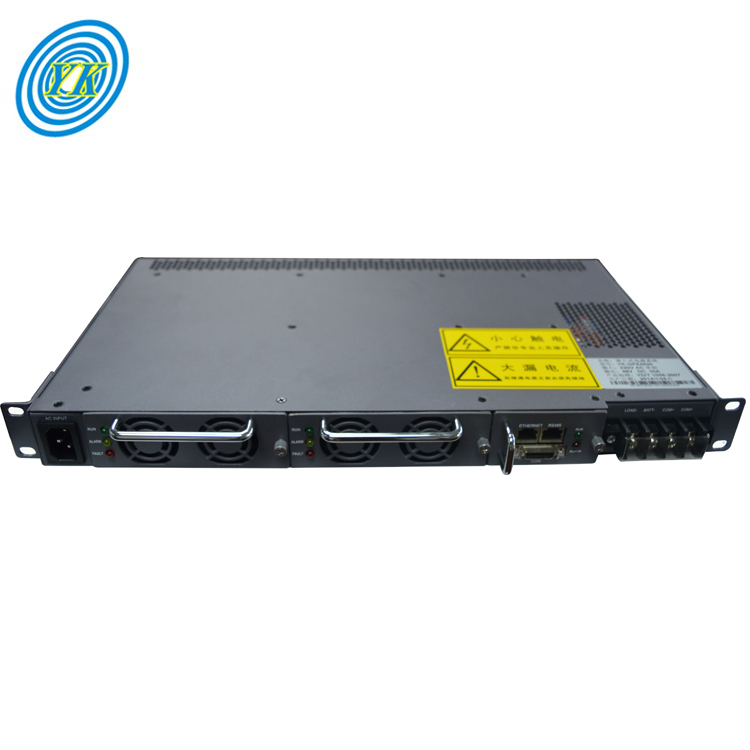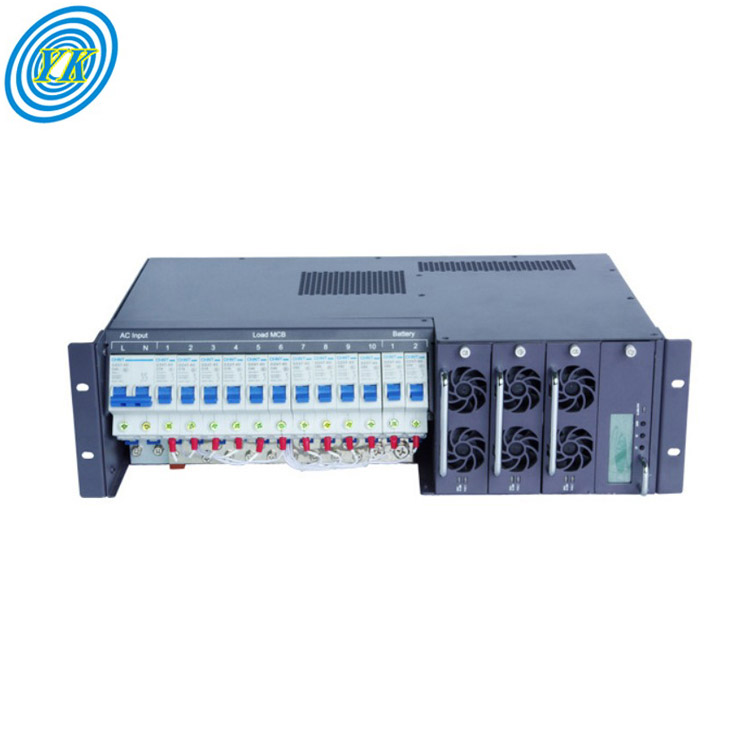News
Mastering Rectifier Systems: From Diodes to Inverters and Beyond
Click: 892 Date: 01/22/2024 3::50::18 PM
Mastering Rectifier Systems: From Diodes to Inverters and Beyond

The heart of every rectifier is the diode, a semiconductor device that plays a crucial role in converting alternating current (AC) into direct current (DC). The diode achieves this by allowing current to flow in one direction, thus ensuring that the output is always a direct current.
There are different types of diodes, each with unique properties and uses. For instance, the Schottky diode, named after the German physicist Walter H. Schottky, is a type of diode that features a low forward voltage drop and a very fast switching action. This makes it particularly useful in applications where speed and efficiency are paramount.
The basic function of a diode in a rectifier is to allow one-way flow of electric charge. This is the principle behind the simplest kind of rectifier circuit, known as the half-wave rectifier. This type of rectifier only allows one half of an AC waveform to pass through to the load.
In conclusion, understanding the properties and functions of diodes is essential in mastering the principles of rectifiers. Whether it's the Schottky diode or a simple silicon diode, the role of the diode in rectifying AC to DC cannot be overstated.

Rectifiers play a pivotal role in converting Alternating Current (AC) into Direct Current (DC), making them indispensable in numerous electronic circuits. Two common types of rectifiers are the Full Wave Rectifier and the Half Wave Rectifier. Each type has its unique characteristics and applications.
A Full Wave Rectifier is designed to convert both the positive and negative cycles of an AC waveform into DC. This type of rectifier operates by passing the AC signal through a bridge of four diodes, which allow current to flow in both directions during the positive and negative cycles of the AC signal. As a result, the output DC voltage has a peak value equal to the peak value of the input AC voltage.
On the other hand, a Half Wave Rectifier only converts the positive half of the AC waveform into DC. This rectifier operates by allowing current to flow in one direction through a single diode. Consequently, the output DC voltage has a peak value equal to the peak value of the input AC voltage, but the negative half of the AC waveform is eliminated. Despite its simplicity, a half-wave rectifier is widely used due to its lower cost and smaller size compared to a full-wave rectifier.
While both types of rectifiers serve the purpose of converting AC to DC, the choice between a full-wave and a half-wave rectifier depends on the specific application. For instance, if the application requires the DC voltage to remain constant regardless of the polarity of the AC input, a full-wave rectifier would be the preferred choice. However, if the application does not require the DC voltage to be positive during the negative cycle of the AC input, a half-wave rectifier could suffice.
In conclusion, understanding the differences between full-wave and half-wave rectifiers is essential for selecting the appropriate rectifier for a given application. While full-wave rectifiers offer smoother DC output, they are more complex and expensive. In contrast, half-wave rectifiers are simpler and cheaper, but they produce a pulsating DC output.

Bridge rectifiers are vital electronic components that transform alternating current (AC) into direct current (DC), providing a stable and constant DC voltage for various devices and systems. This transformation is crucial for powering electronic gadgets and systems that necessitate a steady DC voltage.
The primary function of a bridge rectifier is to convert AC voltage, which periodically alters its polarity, into a unidirectional voltage, or DC. This conversion process is known as rectification. Bridge rectifiers are composed of four diodes arranged in a specific configuration referred to as a “bridge” or a “diamond” arrangement.
During the positive half cycle of the AC input, two of the diodes become forward-biased and conduct current, while the other two are reverse-biased and do not conduct. This allows the current to flow in one direction, generating a positive output voltage.
In contrast, during the negative half cycle, the roles of the diodes are reversed, with the previously reverse-biased diodes becoming forward-biased and conducting current. This leads to the negative input voltage being transformed into a positive output voltage. The output waveform, after being smoothed by a smoothing capacitor, closely mirrors a continuous DC voltage.
Bridge rectifiers offer full-wave rectification that is efficient and adaptable, considering voltage drop and efficiency. This full-wave rectification is achieved by the alternating action of the diodes, which separates the negative and positive halves of the AC waveform. The diodes effectively "cut off" the portions allowing only the positive portions to pass through.
The output from the Bridge Rectifier is a stream of current (DC), representing a flow of electricity in a direction similar to a steady river stream.
In summary, bridge rectifiers play a significant role in electronics by converting alternating current (AC) into stable direct current (DC). Understanding the construction, operational principles, benefits, and uses of rectifiers is crucial when selecting a rectifier for specific electrical requirements.

The role of power supplies in rectifier systems is crucial as they act as the foundation for converting alternating current (AC) into direct current (DC). A power supply provides the necessary DC power for the application. In essence, it's the power distribution system that feeds the rectifier with the required AC power which is then converted into DC by the rectifier.
In industrial settings, power supplies are often specified based on the voltage applied, current needed in the process, quality of the power, and how the control will be arranged. The ripple, which is the clarity of the power, is an important measure for determining the efficiency and quality of a rectifier.
There are several types of power supplies available, each with its own advantages and disadvantages. For instance, SCR rectifiers are variable voltage DC power supplies that are low frequency, high ripple systems. These systems are rugged and have a history of durability in the market. On the other hand, switch mode power supplies (SMPS) are electronic power supplies that use a switch from AC to DC, back to AC, then once again back to DC. This is all done at high frequency allowing for the internal parts to be smaller.
In conclusion, the power supply plays a vital role in rectifier systems by providing the necessary AC power that the rectifier converts into DC. The choice of power supply depends on the specific requirements of the application, including factors such as voltage, current, and power quality.
Inverters and voltage regulators play crucial roles in rectifier systems, performing functions that complement each other to ensure optimal operation of the system.
An inverter is a device that converts direct current (DC) back into alternating current (AC). This is particularly useful in situations where the rectified DC needs to be converted back into AC for certain applications. For instance, an inverter can be used to power AC devices from a DC source. It's worth noting that the process of converting DC to AC is essentially the reverse operation of rectification, hence the name "inverter" 5.
On the other hand, a voltage regulator is a key component that helps maintain a steady and constant output voltage from the rectifier system. This is essential for many applications where a stable DC voltage is required. The regulator works by controlling the current supplied to the load to achieve a constant output voltage. It's designed to react to variations in the supply and load characteristics, ensuring the output voltage remains within the desired range 5.
In summary, inverters and voltage regulators are integral parts of rectifier systems, playing vital roles in converting and stabilizing power. Understanding how they work and interact can provide valuable insights into the functioning of these complex systems.
Rewrite